Immersing yourself in one of nature’s most striking canvases, desert landscape ideas reveal a world of natural beauty, creative design, and sustainable living. These inspirations blend indigenous elements with modern touches to craft spaces that are both resilient and breathtaking. Every concept is carefully designed to capture the essence of the desert, transforming dry, arid lands into vibrant, living works of art. Let your imagination wander and explore the transformative potential of these ideas as you envision an outdoor haven that reflects the stark elegance and enduring charm of the desert.
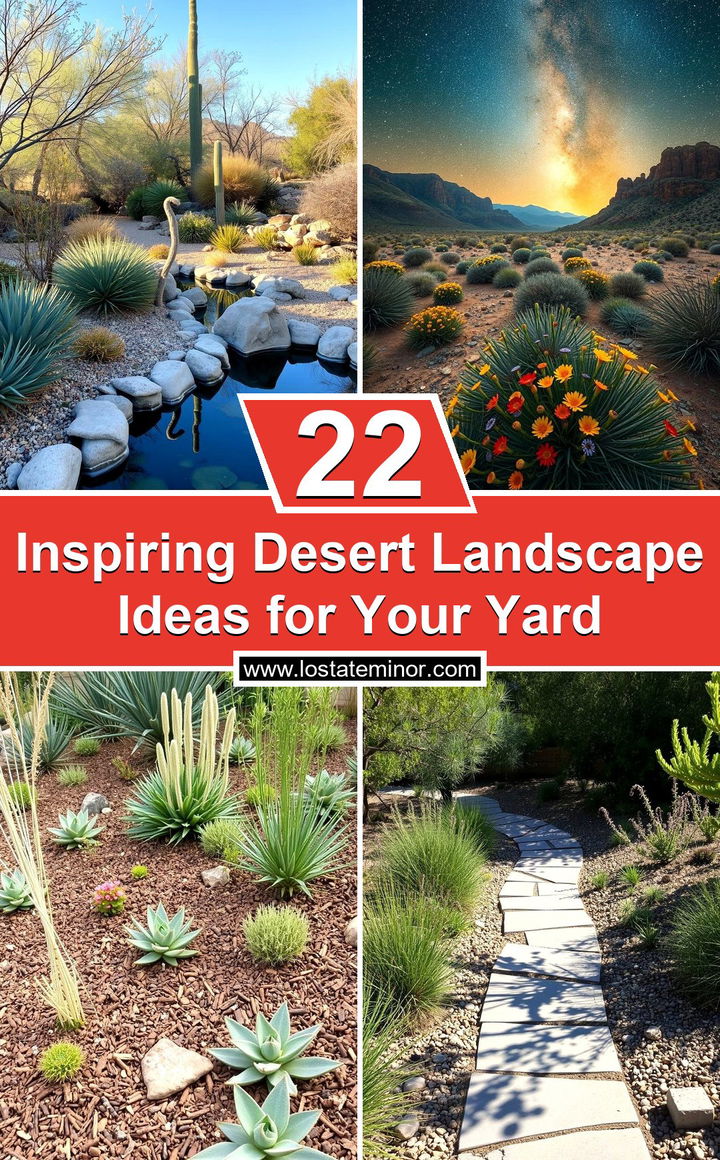
1. Embracing Native Desert Flora
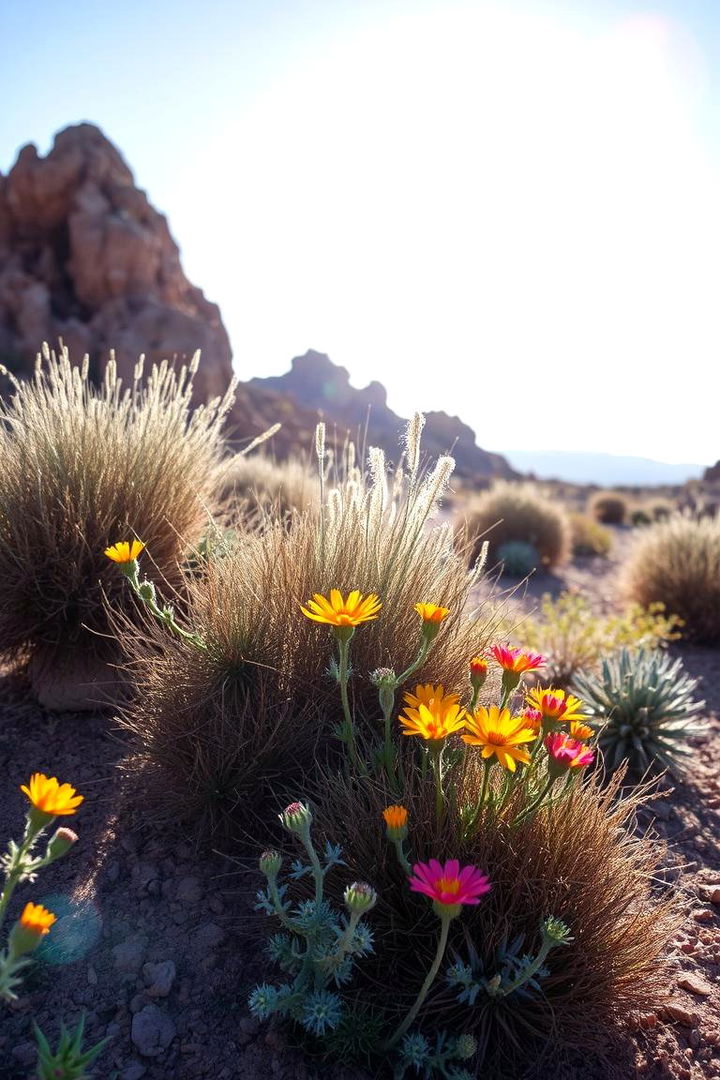
A vivid infusion of nature begins with embracing native desert flora. Integrating region-specific plants forms the foundation for a resilient and authentic desert landscape. Choosing hardy species ensures sustainability while reducing water consumption, as native shrubs, wildflowers, and grasses withstand high temperatures with ease. This approach creates natural textures and colors that evoke the raw beauty of the arid terrain. By selecting indigenous vegetation, you invite local wildlife and foster an environmentally friendly garden that exudes a harmonious blend of tradition and practicality, perfect for any desert space.
2. Integrating Cacti and Succulents
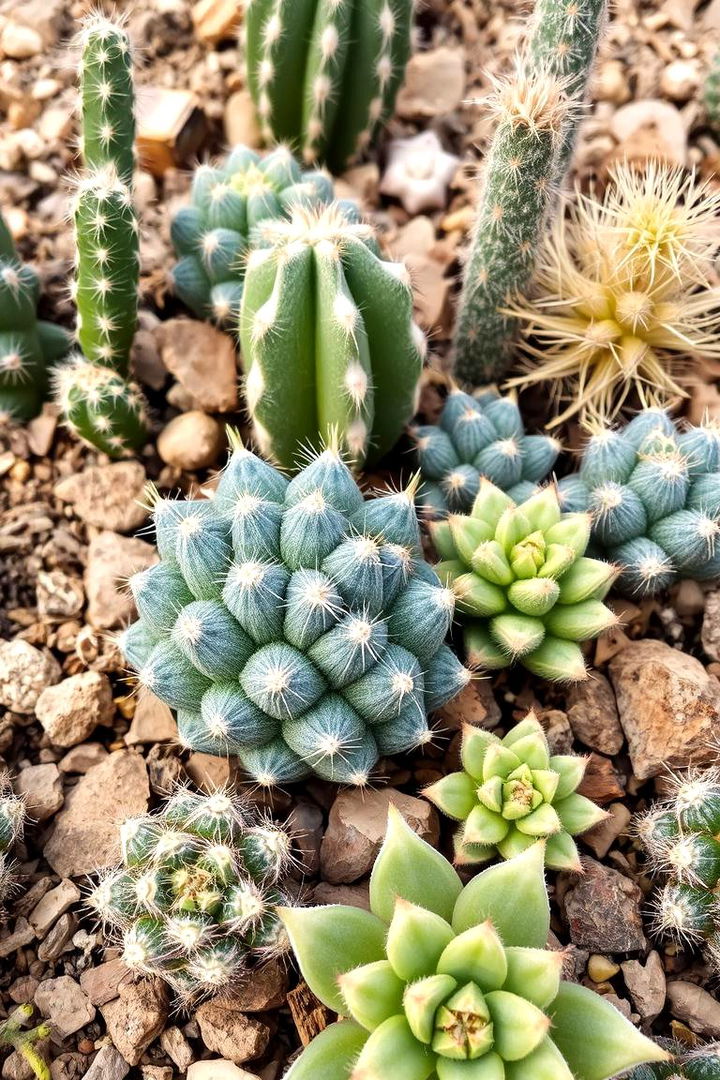
Surprisingly, incorporating cacti and succulents not only enhances aesthetics but also brings remarkable drought resistance to your landscape. Vibrant arrays of cacti, from towering saguaros to compact prickly pears, create striking silhouettes against endless sand dunes. Succulents add soft textures and vivid hues, thriving in minimal water conditions. This eco-friendly method reduces maintenance while offering a dynamic interplay of shapes and colors. The adaptability of these plants makes them ideal for urban or rural desert gardens, ensuring a lasting, low-maintenance oasis that thrives under the harsh sun.
3. Using Sand Sculptures for Texture
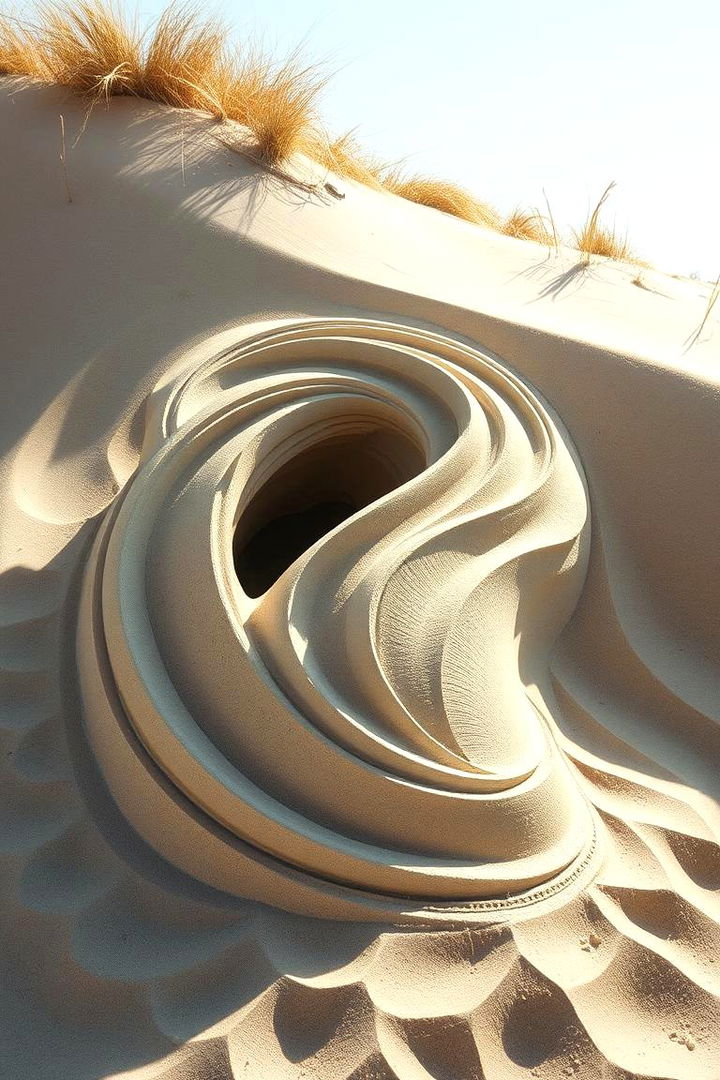
With creative imagination, sand sculptures serve as a focal point in desert landscapes by introducing unique textures and dynamic shapes. Artfully contoured mounds of sand or meticulously crafted dunes can mimic natural landforms while adding an artistic edge to your outdoor space. This design strategy enhances visual interest and provides soft transitions between different areas of the garden. Blending form and nature, these sculptural elements invite exploration and reflection. They effortlessly integrate with existing desert features, creating an ambient space that celebrates both artistic expression and the inherent beauty of sandy textures.
4. Radiant Solar Lighting Accents
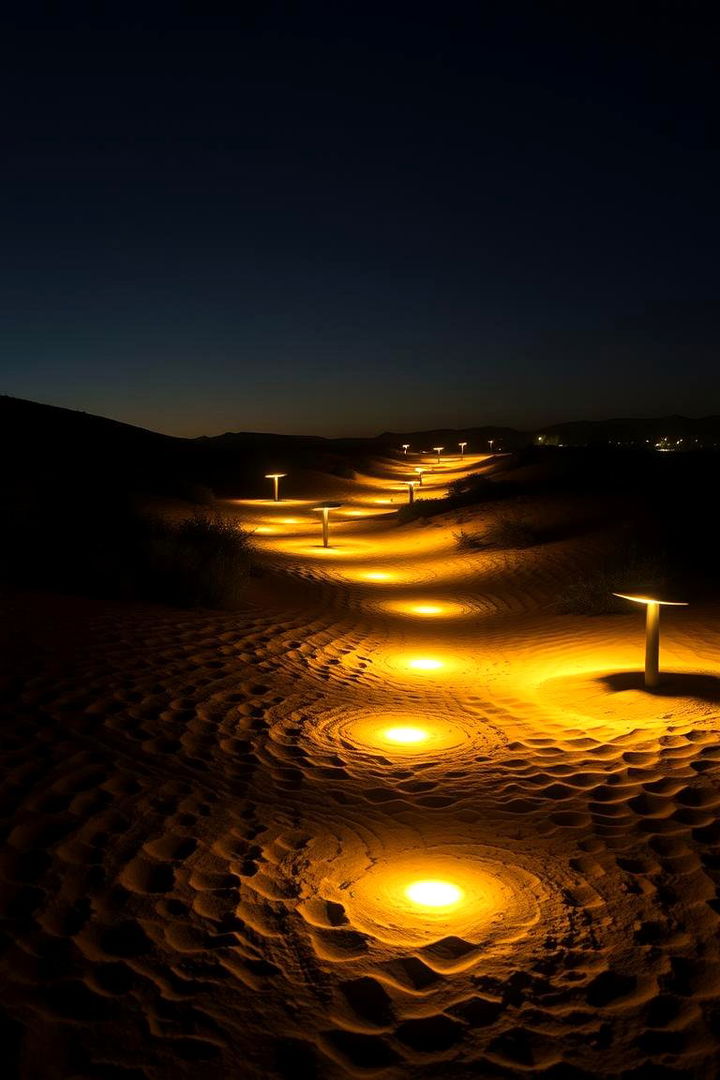
As daylight fades in the desert, radiant solar lighting accents come to life, revealing the landscape’s hidden charm. Strategically placed solar fixtures harness the sun’s energy to illuminate pathways, highlight plant selections, and cast dramatic shadows on textured surfaces. This eco-conscious design not only reduces energy costs but creates an inviting nighttime atmosphere. The interplay between light and shadow accentuates key features while ensuring safety and functionality. Embracing solar lighting allows you to extend the usability of your outdoor area into the night without sacrificing the natural allure or sustainability of the desert environment.
5. Water Features Creating Oasis Effects

In arid landscapes, water features emerge as transformative elements, turning barren spaces into soothing oases. A gently trickling fountain, reflective pond, or meandering stream introduces both movement and sound that calm the senses. The presence of water not only cools the environment but also encourages diverse plant life and attracts wildlife. This natural contrast against the desert’s rough textures creates an enchanting ambiance. Integrating water elements requires thoughtful planning and recirculation systems, ensuring minimal waste while maximizing the visual and auditory benefits that define a harmonious desert retreat.
6. Artful Rock Gardens
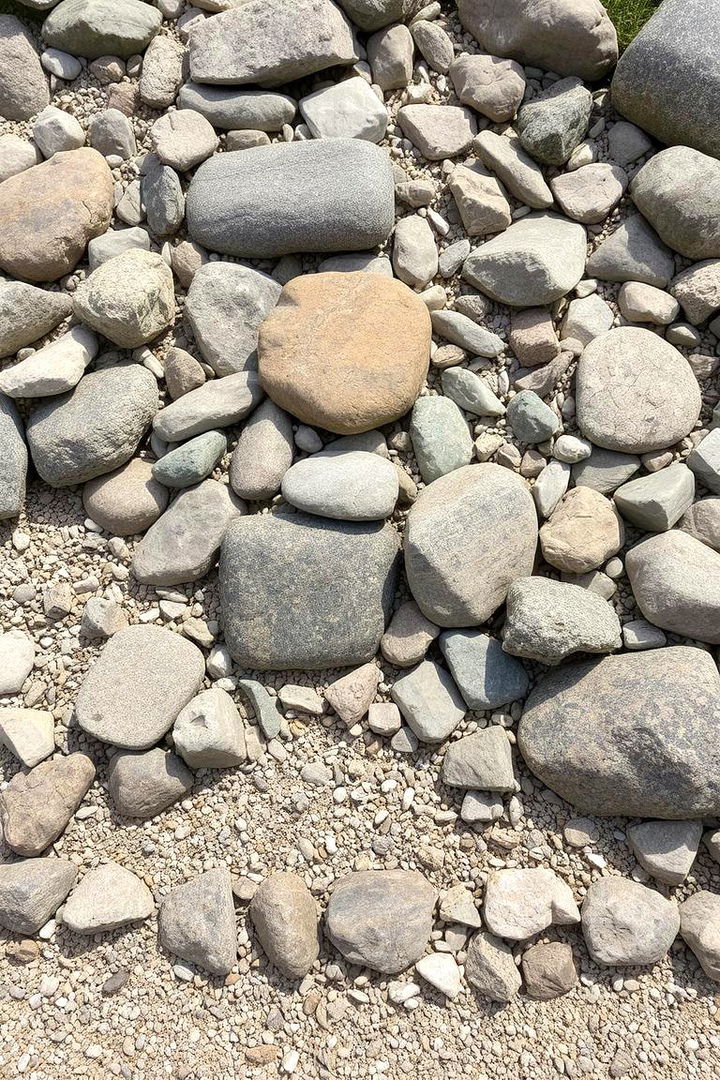
Bringing together form and function, artful rock gardens provide structure and visual intrigue in desert landscapes. Utilizing an assortment of stones, from rugged boulders to fine gravel, creates dynamic compositions that echo natural rock formations. This design method emphasizes contrast with soft desert flora while offering practical benefits like erosion control and low water usage. The interplay of various rock textures and colors enriches the scene, resulting in a balanced, serene garden space. Embracing these elements enables you to celebrate the inherent beauty of rocks and minerals that are synonymous with desert terrains.
7. Dune-Inspired Landforms
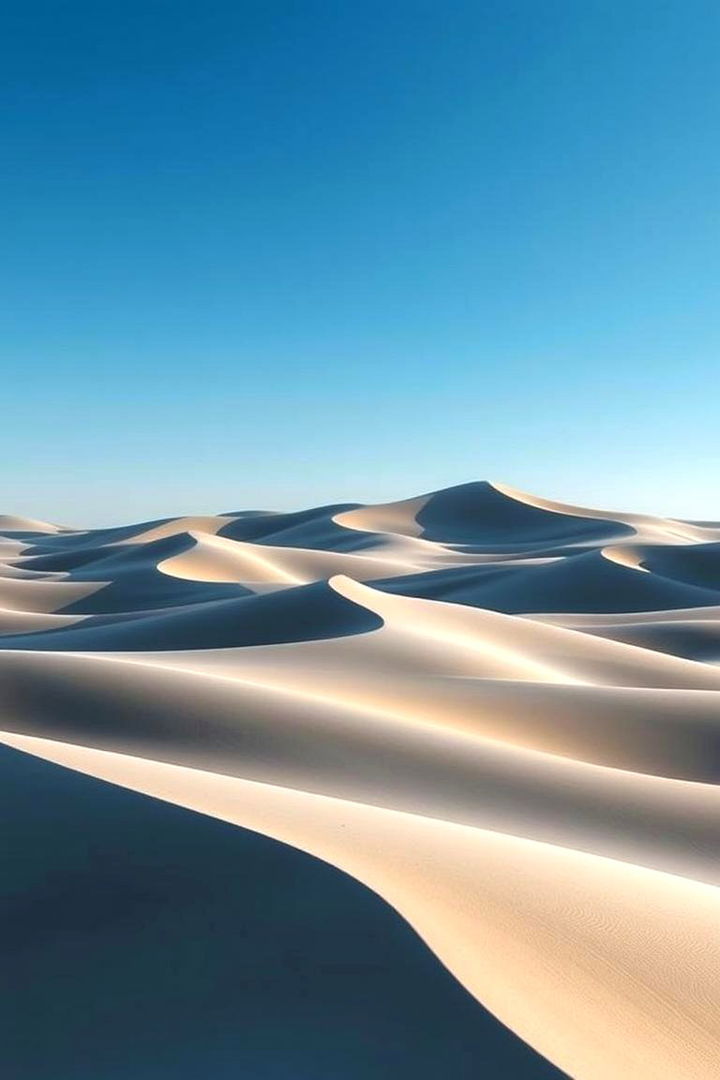
Inspired by the graceful curves of natural dunes, designing landforms in your desert space opens a realm of imaginative possibilities. Gentle mounds, carved depressions, and flowing slopes recreate the shifting contours of a desert terrain. This approach brings movement and drama to an otherwise static landscape, providing an organic framework for plantings and decorative elements. The interplay of shadows on undulating surfaces adds depth and interest, making the area seem larger and more inviting. Crafted with care, these landforms establish a sculptural environment that celebrates the fluid beauty of the desert.
8. Meditative Pathways and Seating Areas
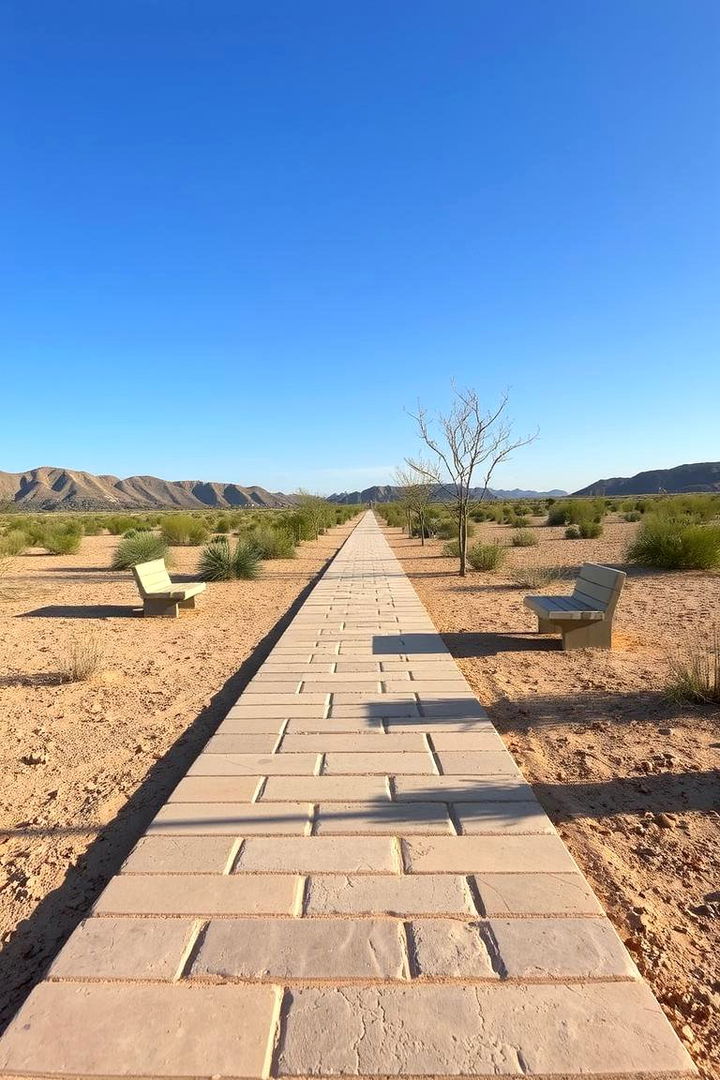
Have you ever craved a tranquil escape where every step invites introspection? Meditative pathways and seating areas offer a serene retreat amidst the rugged desert. Thoughtfully designed walkways guide your journey through wind-sculpted dunes and clusters of desert blooms. Soft gravel or natural stone pavers complement the overall design, while secluded benches or low seating areas provide moments of respite. This inviting layout encourages mindfulness and outdoor reflection in a minimalistic environment. The thoughtful integration of these elements creates a harmonious balance between movement and stillness in your desert sanctuary.
9. Sustainable Xeriscaping Techniques
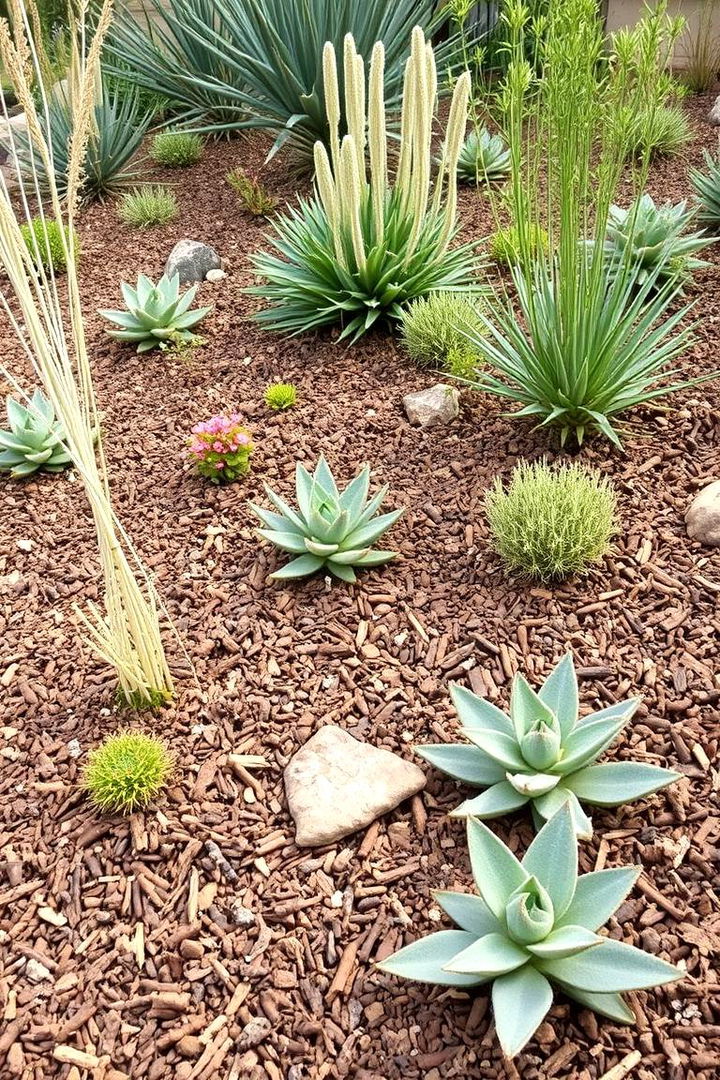
Undoubtedly, sustainable xeriscaping techniques are essential for maintaining beauty in a water-conscious landscape. This innovative approach focuses on drought-resistant plants, efficient irrigation, and mulching to minimize evaporation. By using materials that thrive in arid conditions, your desert garden becomes a model of efficiency and environmental respect. Xeriscaping not only reduces water usage but also cuts maintenance costs while preserving the natural character of the landscape. Embracing this design philosophy ensures that your outdoor space remains lush and vibrant even under extreme conditions, offering a blueprint for eco-friendly gardening in desert regions.
10. Mixing Modern and Rustic Elements
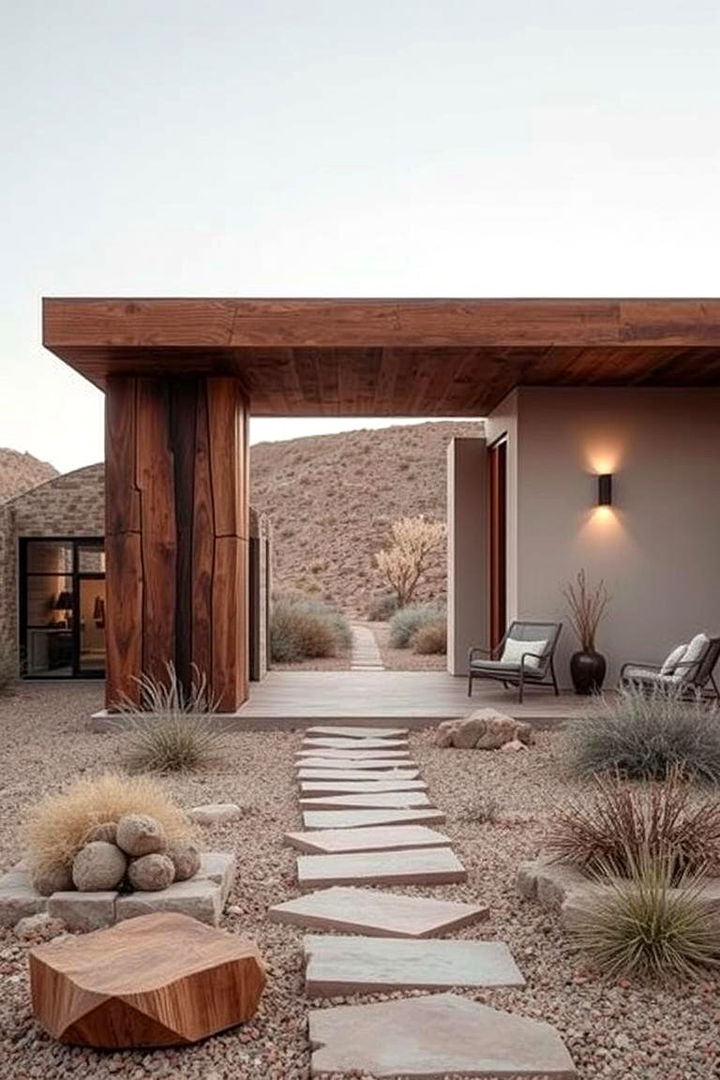
To create a harmonious desert environment, mixing modern and rustic elements can lead to an exceptional balance of style and tradition. Combining sleek, contemporary design with rough, natural textures captures the essence of the desert. Clean lines, geometric shapes, and modern materials contrast beautifully with weathered wood, stone, and distressed finishes. This fusion allows for creative versatility while honoring the land’s historical and cultural significance. The result is a visually engaging oasis that caters to diverse tastes and functions, making your outdoor space both innovative and rooted in the enduring spirit of the desert.
11. Desert Color Palettes in Landscaping
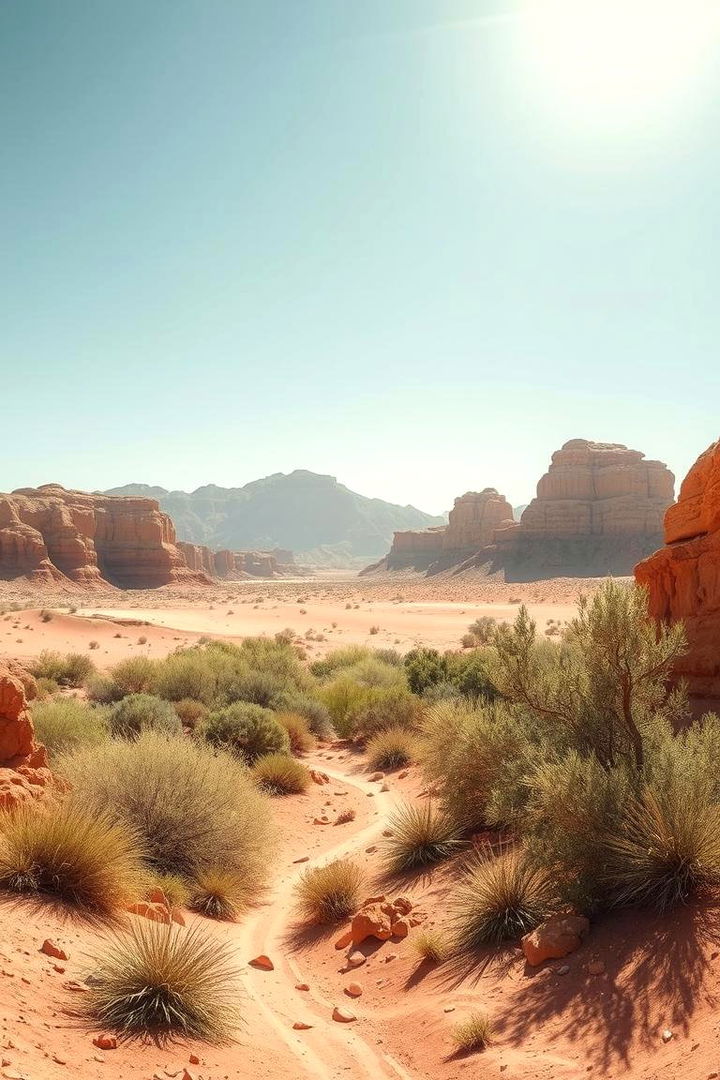
With a keen eye for natural aesthetics, employing desert color palettes can transform your landscape into a vibrant masterpiece. Earthy tones like sandy beige, terracotta, muted greens, and deep rust capture the subtle yet dynamic colors of the desert. These hues, when paired with textured plantings and rock features, create a cohesive and soothing environment. The careful interplay of warm and cool shades evokes the soft light of early dawn or dusk, adding depth and personality to the design. A thoughtfully curated palette enhances visual harmony and promises a timeless appeal in your desert retreat.
12. Implementing Shade Structures
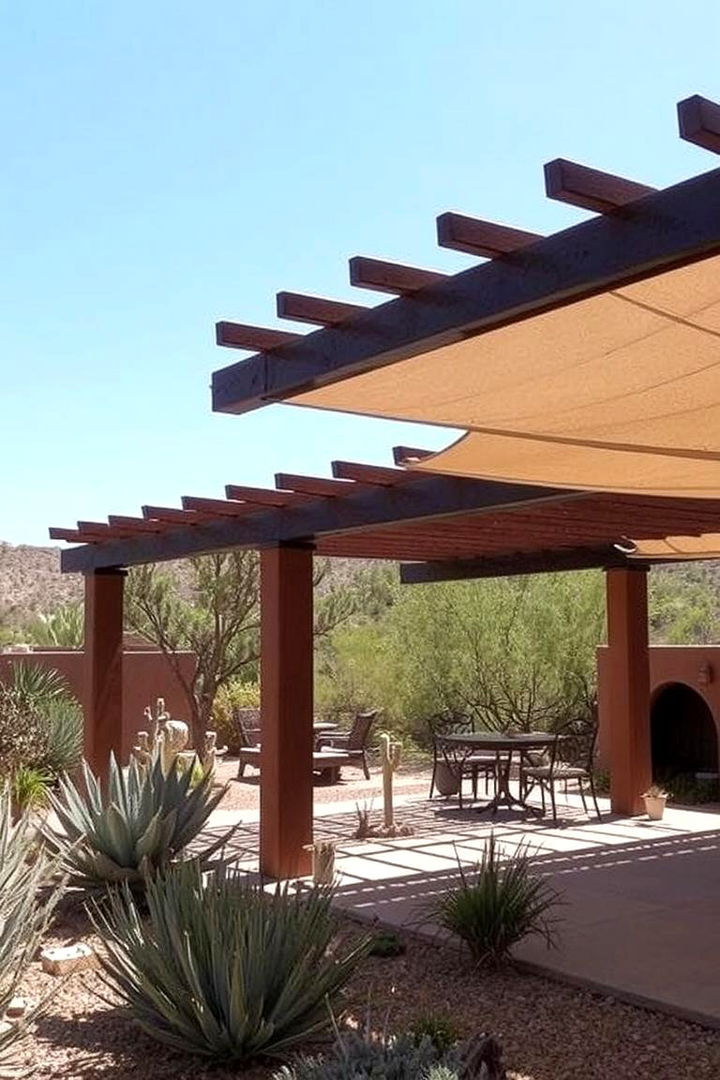
Often overlooked, implementing shade structures is a practical strategy that enhances comfort in the intense desert heat. Elegant pergolas, canopies, or fabric awnings provide cool refuges without compromising aesthetics. By incorporating natural materials like wood and metal, these structures blend seamlessly into the arid environment. The balance between open space and sheltered zones not only encourages outdoor living but also protects delicate plants from harsh sun exposure. Thoughtful design ensures that both functionality and beauty are maintained, allowing you to enjoy the landscape in comfort while celebrating the desert’s distinct character.
13. Incorporating Arid Climate Hardscaping
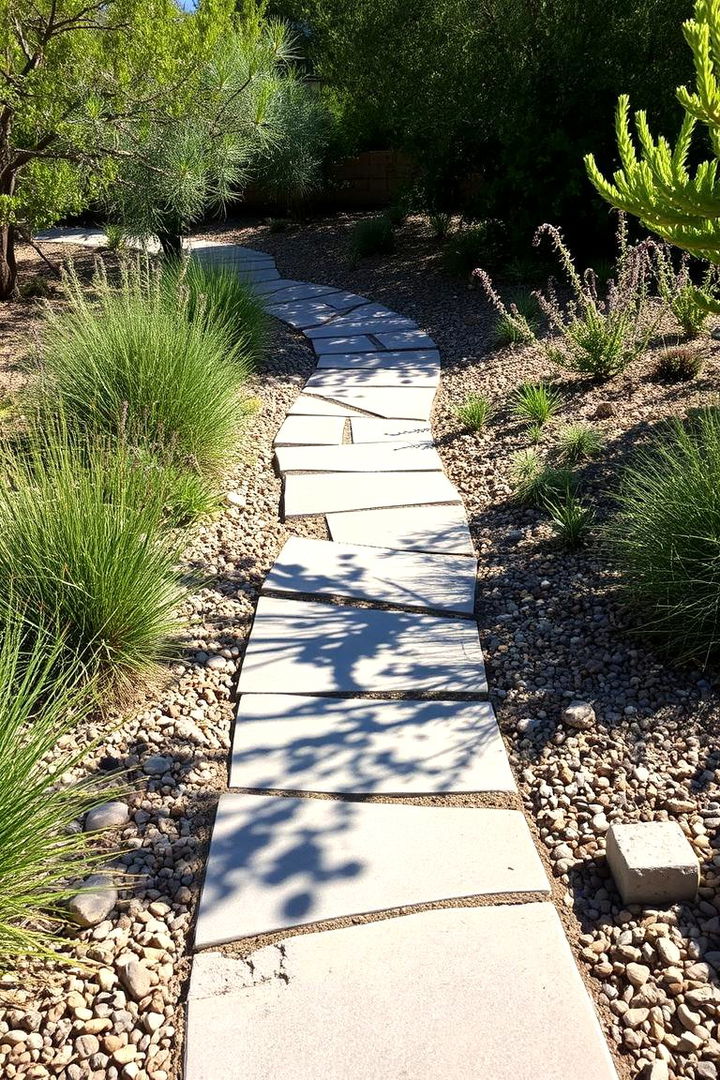
Sturdy and refined, incorporating arid climate hardscaping elements firmly establishes the foundation of a desert landscape. Using materials like flagstone, concrete, and locally sourced rock, hardscaping provides defined boundaries and durable pathways. This approach offers structure amid the organic flow of xeriscaped plantings and soft sand. By carefully blending hard elements with natural surroundings, you create a cohesive and low-maintenance design that withstands extreme weather conditions. This strategic integration highlights the versatility of the desert environment and supports a sustainable, visually compelling outdoor space.
14. Creative Use of Gravel and Pebbles
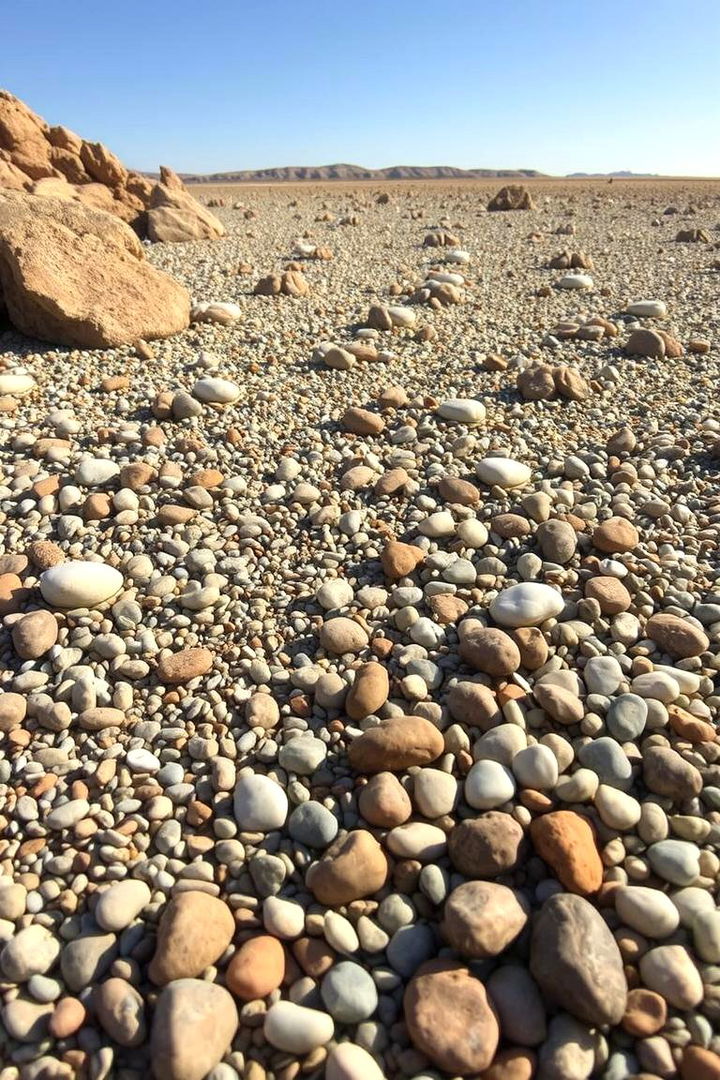
Interestingly, creative use of gravel and pebbles adds both texture and pattern to your desert landscape. These versatile materials form decorative paths, create calming ground covers, or act as accents under planters and seating areas. Their natural, varied hues mimic the desert’s terrain, offering a harmonious connection to the environment. When strategically placed, gravel and pebbles provide effective drainage and reduce weed growth. This design choice engages both visual appeal and practicality, ensuring that every element contributes to a layered, well-structured garden that celebrates the innate ruggedness of desert soils.
15. Designing for Desert Wildlife
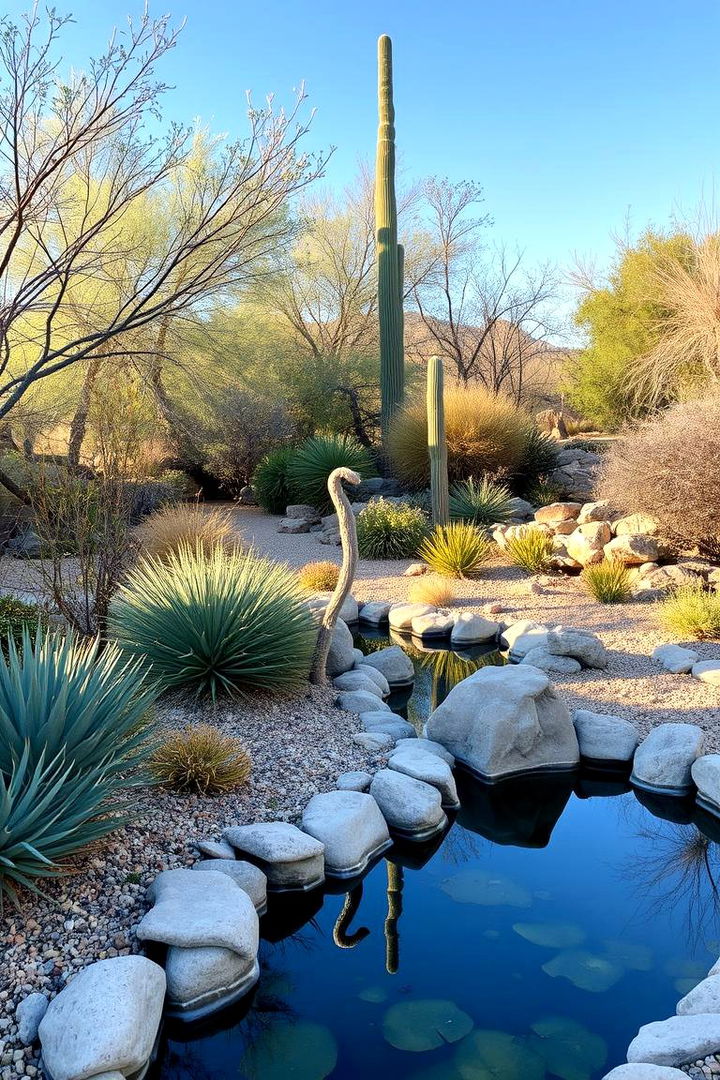
Have you considered how desert landscapes can support a thriving ecosystem? Designing for desert wildlife emphasizes the importance of native habitats for birds, insects, and small mammals. By including diversely planted areas, water sources, and sheltering elements, you create an inviting environment for fauna. Thoughtful placement of rocks, brush, and minimalist structures offers safe havens that respect natural behavior. This wildlife-friendly approach nurtures biodiversity while enhancing the overall charm of the landscape. By integrating these elements, you build a vibrant ecosystem that adds life and movement to your outdoor desert setting.
16. Illuminating Night-Time Desert Vistas
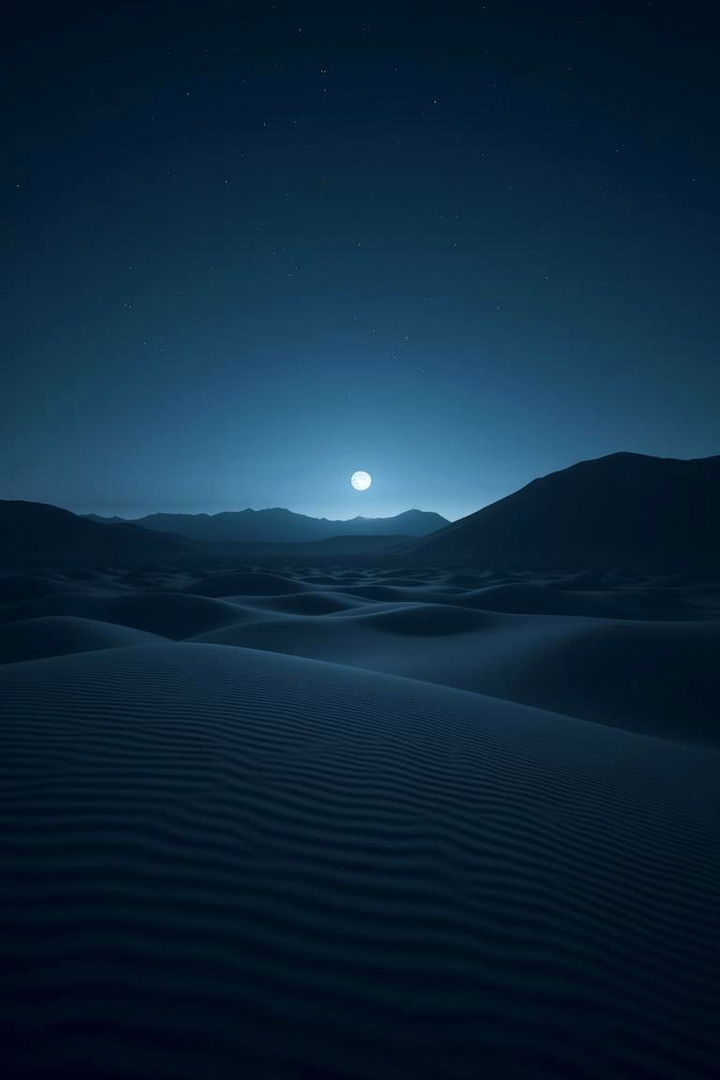
Under twilight skies, illuminating night-time desert vistas transforms the outdoor space into a breathtaking nocturnal sanctuary. Carefully planned lighting highlights textures, contours, and plant features, revealing the hidden drama of the desert landscape. Soft, ambient lights enhance architectural elements and natural formations, creating a dynamic interplay of shadows and light. This design technique not only extends the usability of the space into the evening but also amplifies its magical allure. Embracing subtle yet effective illumination ensures your desert garden remains a captivating haven long after the sun sets, delivering a serene and inviting atmosphere.
17. Drawing Inspiration from Cultural Influences
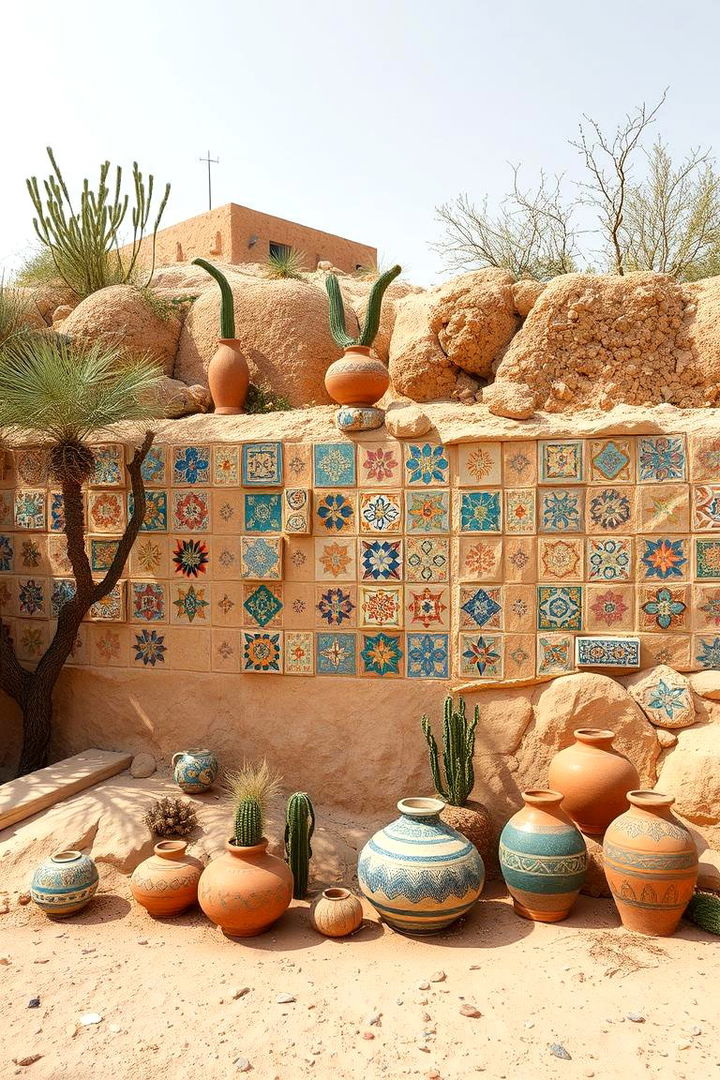
Drawing inspiration from diverse cultural influences invites a rich tapestry of history and art into your desert landscape. Incorporating elements from indigenous traditions, Middle Eastern designs, or Southwestern motifs can enhance the overall character of your outdoor space. Traditional patterns, handcrafted pottery, and decorative tile details infuse the area with a sense of heritage and craftsmanship. These thoughtful touches honor the longstanding relationship between people and desert environments. The result is a culturally nuanced design that not only celebrates artistic expression but also creates a timeless ambience, making your desert retreat uniquely inspiring and deeply personal.
18. Utilizing Recycled Materials
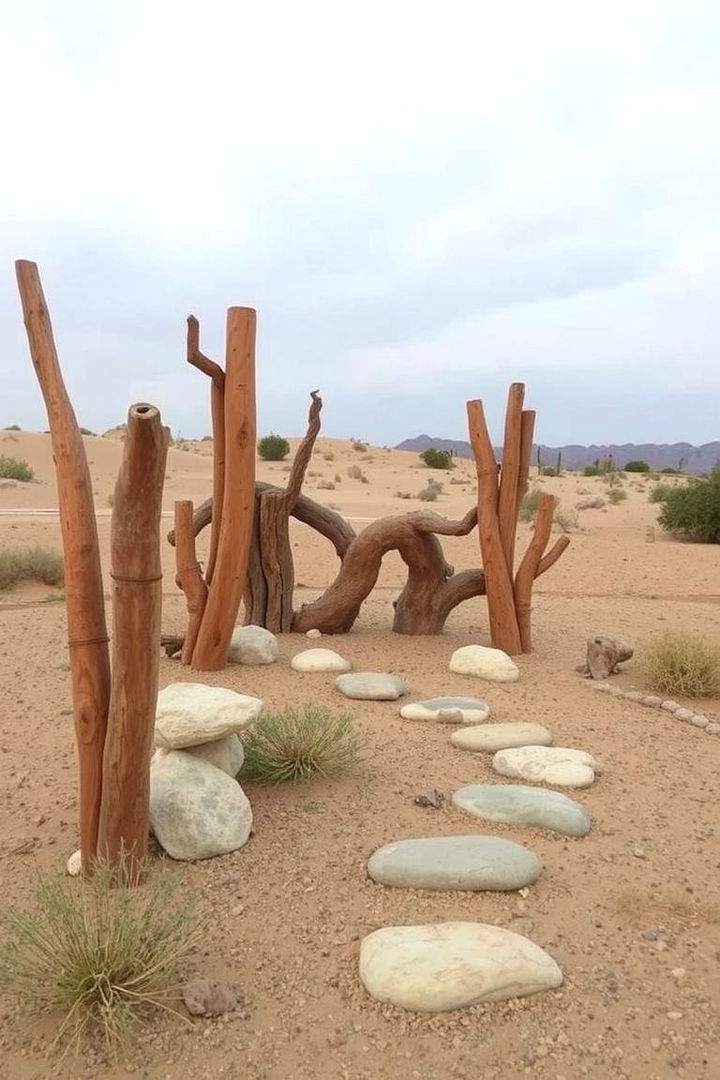
Moreover, utilizing recycled materials in desert design presents an eco-friendly approach that marries sustainability with creativity. Repurposed wood, reclaimed stone, and upcycled metal elements add unique character while reducing waste. These materials can be transformed into decorative features, functional seating, or artistic focal points, reminding us of nature’s inherent ability to renew. Incorporating recycled elements underscores a commitment to environmental stewardship and creates a narrative of resourcefulness and innovation. The result is a landscape that is visually engaging, environmentally responsible, and full of creative potential to redefine the desert space.
19. Adopting Eco-Friendly Irrigation Solutions
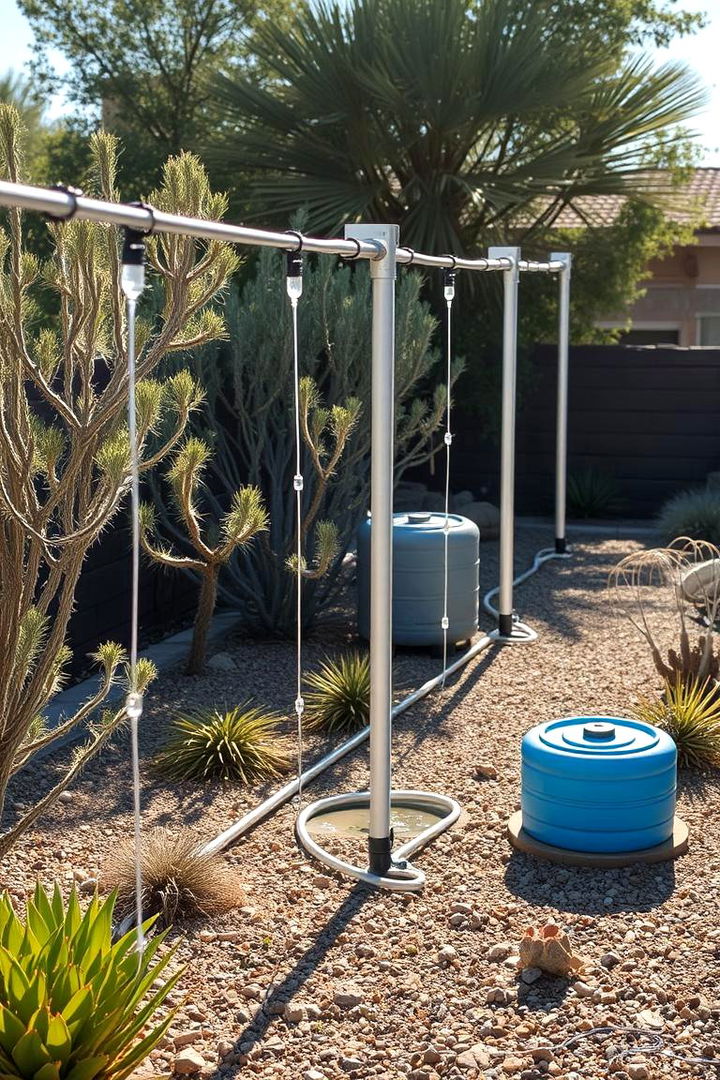
Owing to the extreme climate, adopting eco-friendly irrigation solutions is vital for sustaining a lush desert garden. Drip irrigation systems, efficient timers, and rainwater harvesting techniques reduce water loss and utilize resources effectively. These advancements allow you to maintain vibrant plantings while honoring the environment. The focus on precision watering not only conserves precious water but also promotes healthier soil and plant growth. Embracing these technologies contributes to a sustainable garden that thrives on minimal input, blending modern efficiency with the natural resilience of desert-adapted flora, ensuring your landscape remains both beautiful and resourceful.
20. Showcasing Desert Art Installations
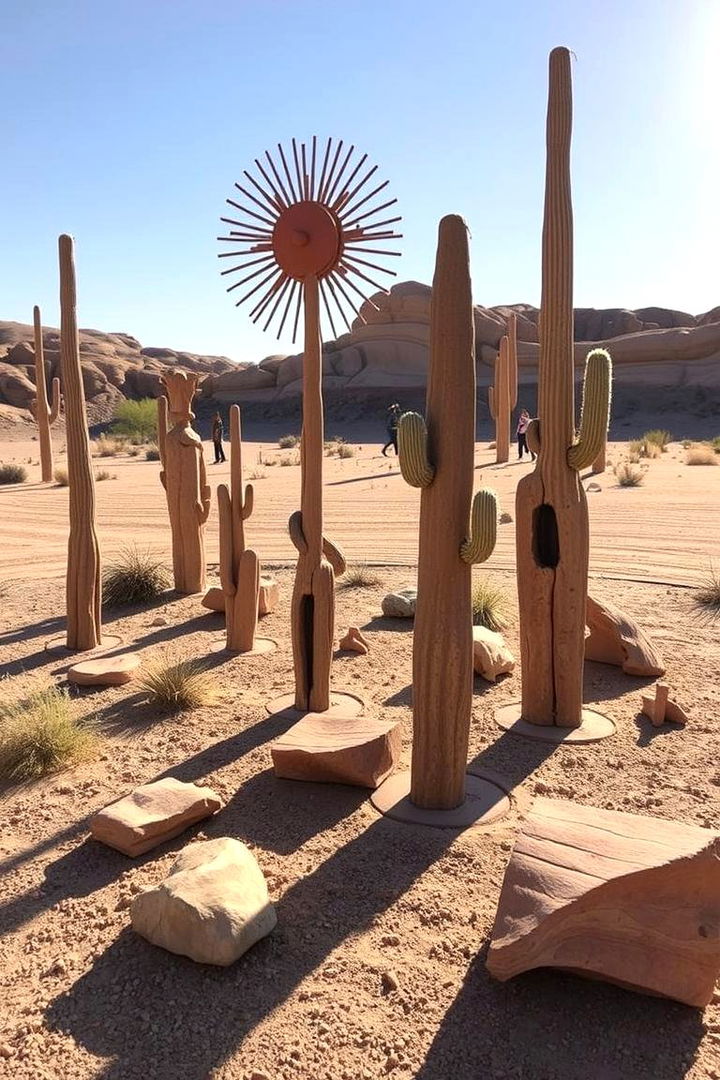
In a realm where nature meets creativity, showcasing desert art installations can transform a simple landscape into an interactive gallery. Sculptures, murals, and kinetic artworks crafted from natural and repurposed materials become integral elements of the design. These installations offer visual intrigue and a narrative that celebrates the desert’s raw beauty and cultural heritage. Art pieces strategically placed within the natural framework invite viewers to explore and interpret their meanings. This thoughtful fusion of art and nature fosters a deeper connection between the observer and the environment, inspiring creativity and reflection within your desert oasis.
21. Celebrating Seasonal Variations
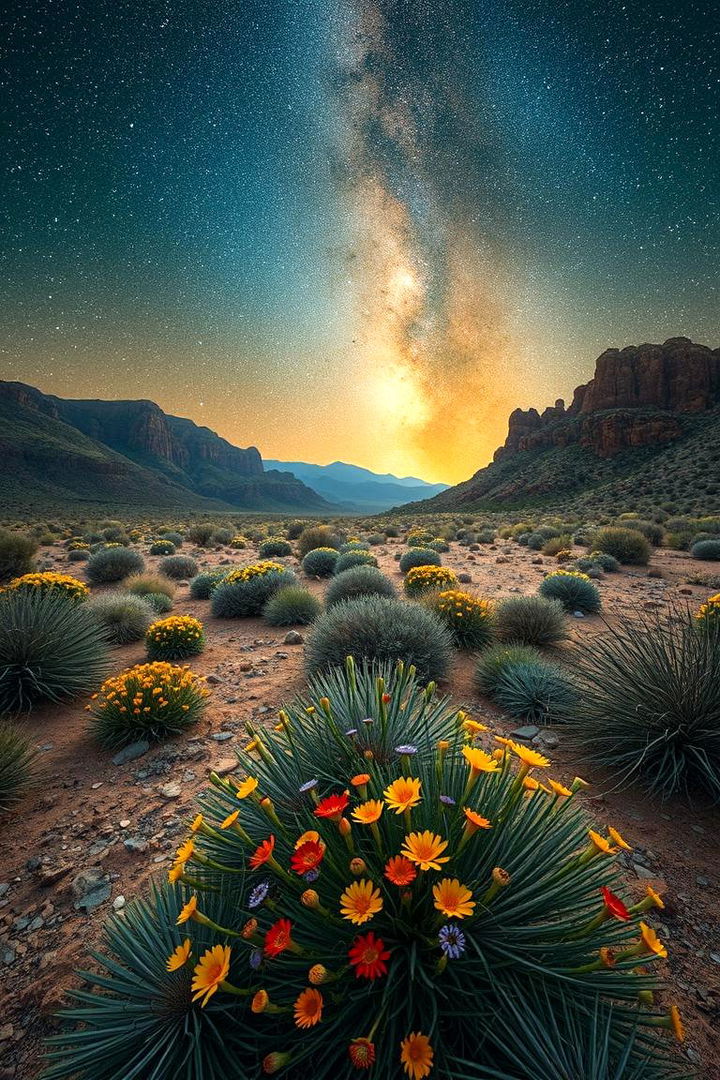
Although the desert may seem unchanging, celebrating seasonal variations brings dynamic life to your landscape. Subtle shifts in light, temperature, and occasional rainfall can dramatically alter the scene, from blossoming wildflowers after rare rains to cool, starry nights. Embracing these cycles through adaptable plant choices and design elements underscores the beauty of natural change. This seasonal celebration enriches your garden with layers of experience, ensuring that every visit offers new perspectives. By planning for these natural rhythms, you create a living space that evolves gracefully, reflecting the timeless spirit of the desert.
22. Crafting Minimalist Desert Retreats
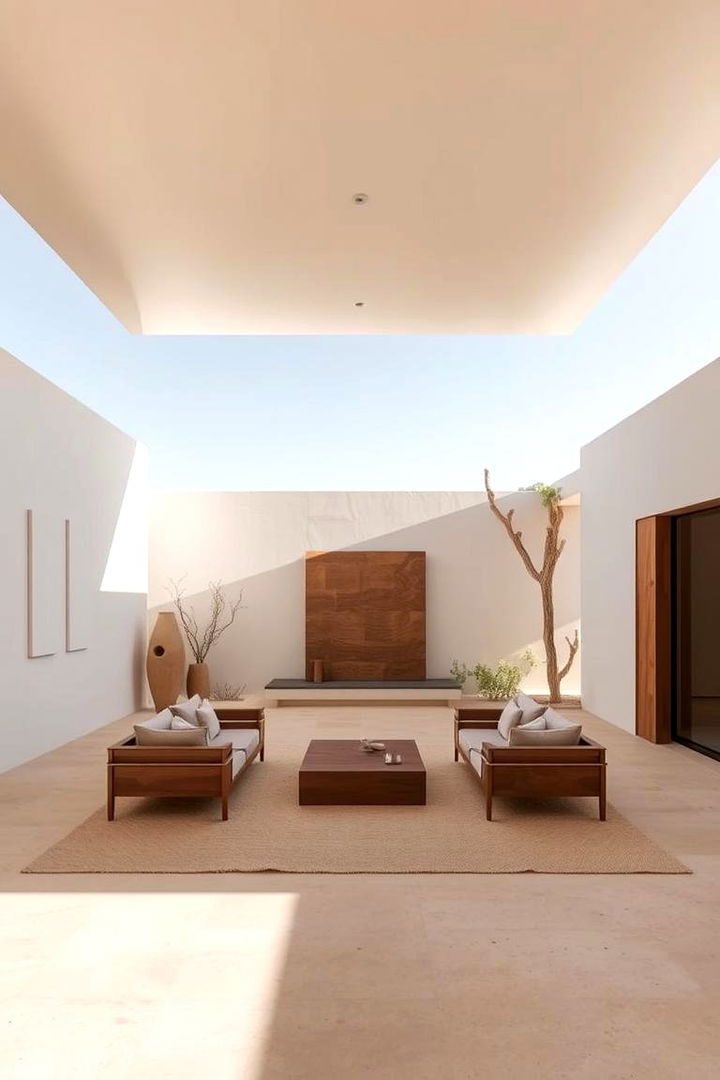
Finally, crafting minimalist desert retreats allows you to celebrate the beauty of simplicity and open space. Stripped-down designs that favor clean lines, uncluttered spaces, and essential elements create an environment that feels both expansive and intimate. The careful selection of a few well-chosen plants, subtle hardscape, and understated decorative touches emphasizes serenity and balance. This minimalist approach not only highlights the raw elegance of the desert but also reduces maintenance and resource demands. It creates a peaceful sanctuary where nature and design exist in perfect harmony, inviting quiet reflection and rejuvenation.
Conclusion:
In summary, the journey through these 22 desert landscape ideas reveals endless opportunities to transform arid spaces into thriving, artistic oases. With carefully chosen native flora, innovative hardscaping, and sustainable practices, each concept redefines the desert’s potential while capturing its stark beauty. The blend of modern design elements with traditional influences creates an inviting atmosphere that honors both environmental responsibility and creative expression. Embrace these desert landscape ideas to cultivate a unique outdoor sanctuary that is both visually stunning and incredibly practical.
